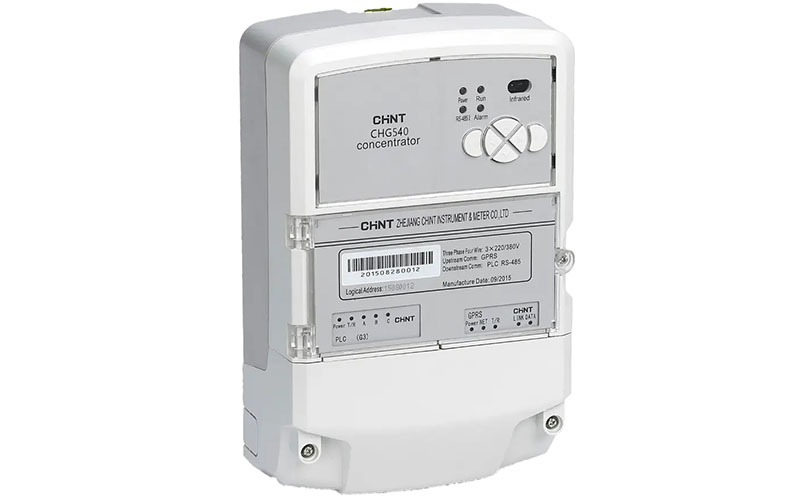The Smart Data Concentrator (SDC) is a technological innovation in the electricity sector that has revolutionized the way data is collected, processed, and analyzed. It is a device that collects data from multiple sources in real-time and processes it before sending it to the utility’s control center or data center for analysis. SDCs play a crucial role in the development of smart grids and the integration of renewable energy sources, which are key elements of the transition to a more sustainable and efficient energy system.
SDCs are essential in managing the increasing complexity of modern power systems. In traditional systems, data was collected manually, which was time-consuming and prone to errors. SDCs, on the other hand, are designed to collect and process data from various sources automatically, including sensors, smart meters, and other smart devices. This data includes information about energy consumption, voltage levels, frequency, and other important parameters that help grid operators manage the power system more efficiently.
One of the key advantages of SDCs is that they can process data in real-time, which means that grid operators can respond quickly to changes in the system. For example, if there is a sudden increase in energy demand or a fault in the system, SDCs can detect it immediately and alert the operators. This helps to prevent blackouts and other disruptions in the power supply.
SDCs also play a critical role in integrating renewable energy sources into the power grid. Unlike traditional power sources, such as coal or gas-fired power plants, renewable energy sources are intermittent and often unpredictable. SDCs can collect data from wind turbines, solar panels, and other renewable energy sources to help grid operators manage the variability of these sources. This data can be used to predict energy output and adjust the power system accordingly, which helps to ensure a stable and reliable power supply.
Another benefit of SDCs is that they can help to reduce energy consumption and costs. By collecting data on energy consumption patterns, SDCs can identify opportunities for energy savings and efficiency improvements. For example, they can detect when energy is being wasted due to inefficiencies in the system or when certain devices are consuming more energy than necessary. This information can be used to optimize energy use and reduce costs for both the utility and the consumer.
In conclusion, the Smart Data Concentrator is a critical component of the modern electricity sector. It plays a vital role in managing the increasing complexity of power systems, integrating renewable energy sources, and improving energy efficiency. As the demand for energy continues to grow, SDCs will become even more important in ensuring a sustainable and reliable power supply for the future.

Leave a Reply